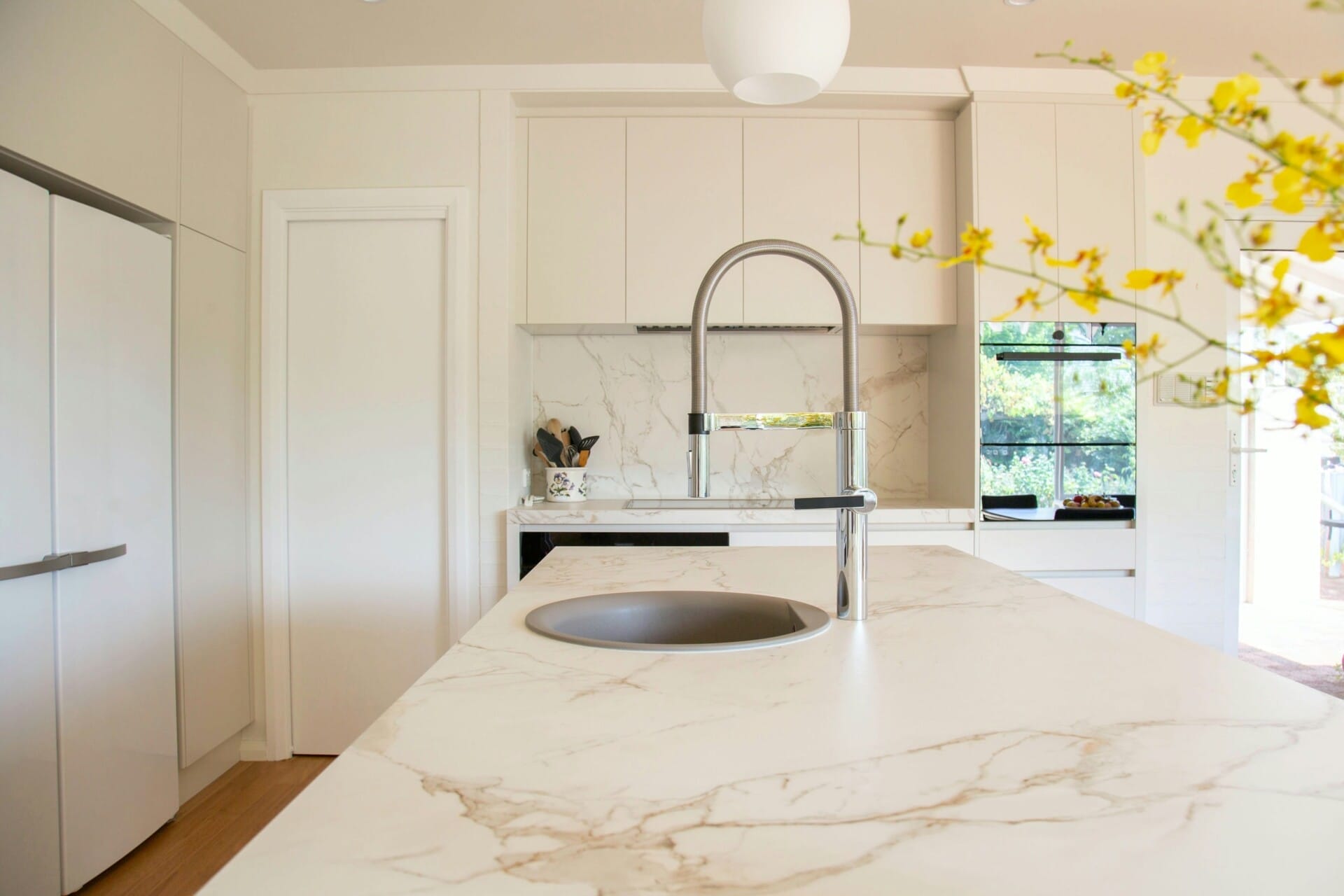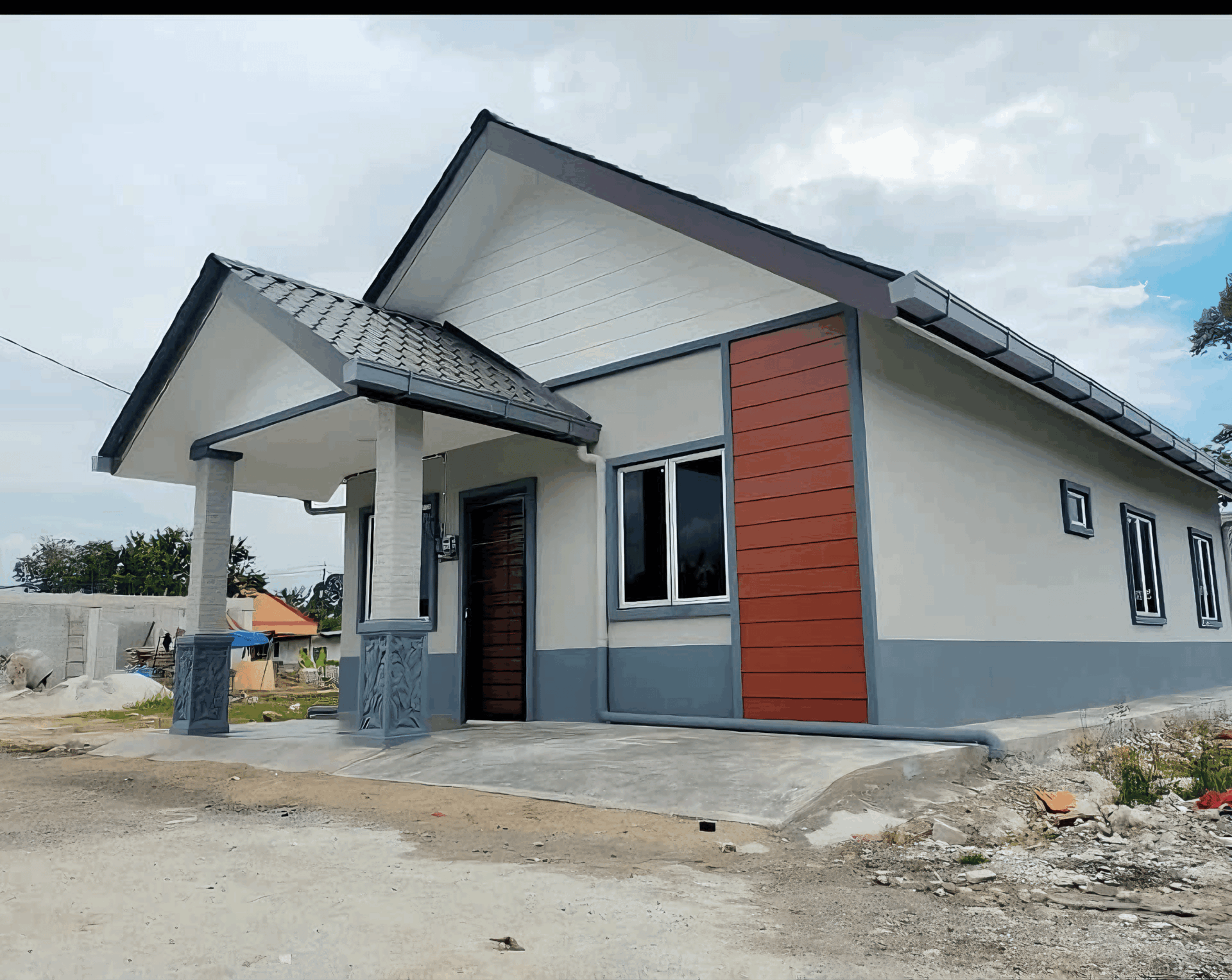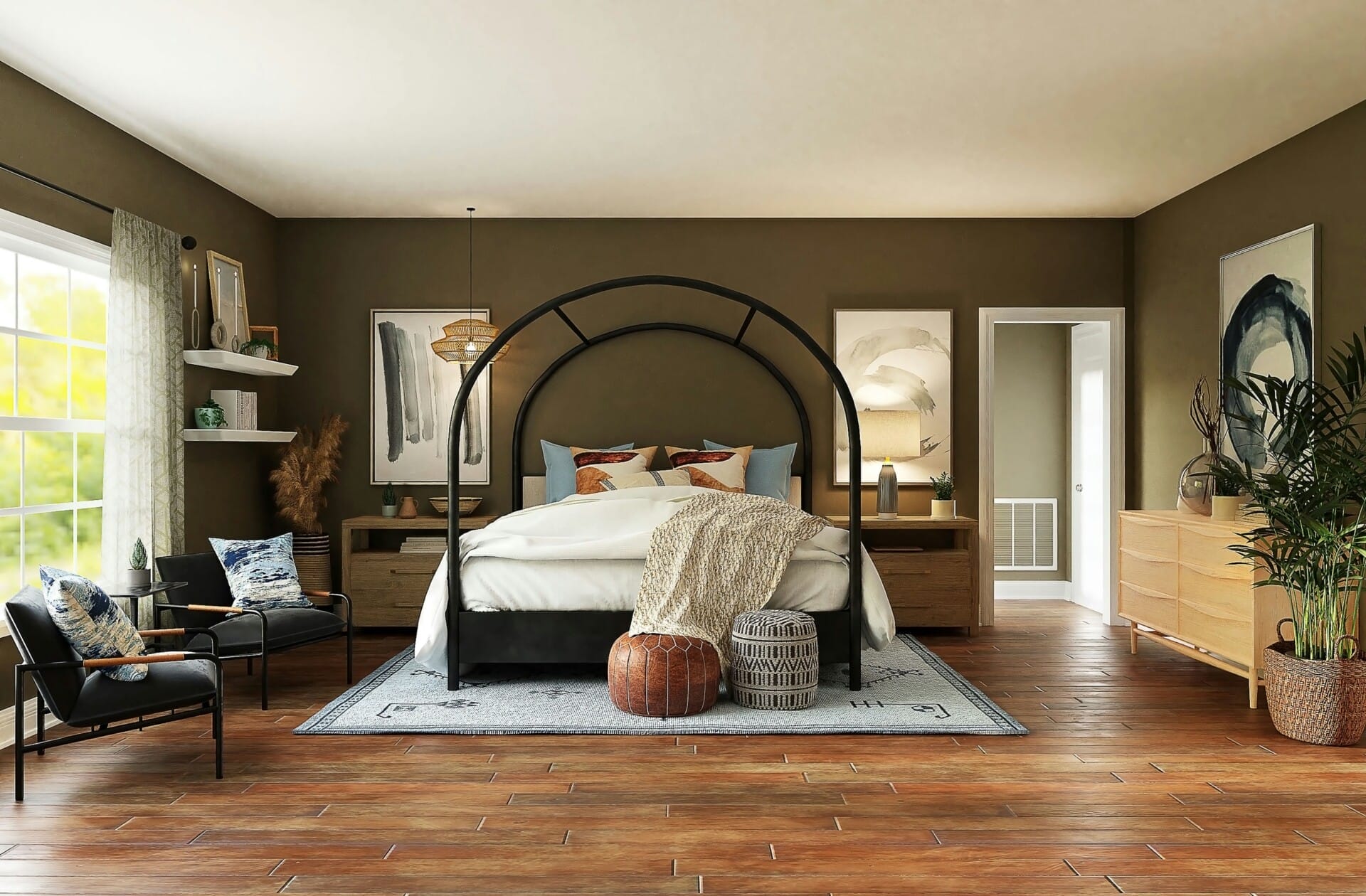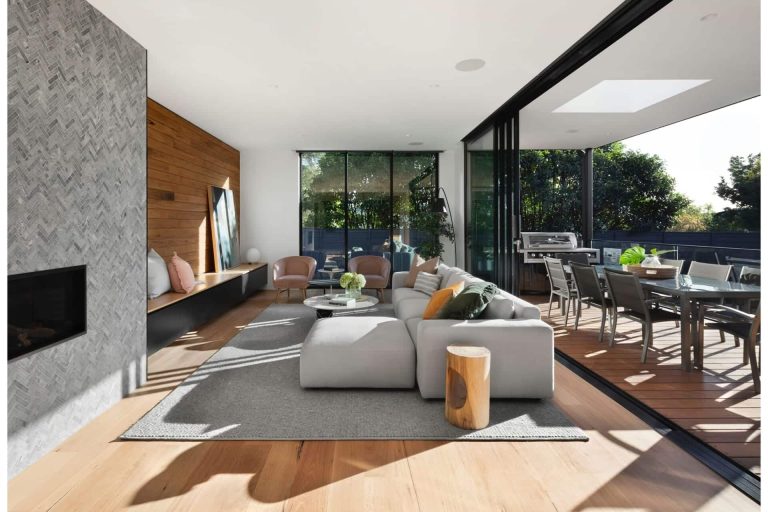Building a home is often envisioned as the culmination of dreams, a personal sanctuary where memories are nurtured and lives are shaped. Yet, beneath this romanticized exterior lies a complex web of decisions, timelines, and logistics that can be both exhilarating and overwhelming. The home building process is more than just laying bricks and pouring concrete; it is a journey that encompasses everything from conceptualization and design to construction and final inspection.
In this article, we will guide you through the intricate stages of the home building process, demystifying the steps involved and offering insights that will empower you to navigate this significant endeavor with confidence. We will explore the initial groundwork—understanding your needs, setting a budget, and selecting the right location—before delving into the design phase where your vision starts to take shape. As we move through the construction stages, we’ll highlight key considerations, common pitfalls, and the importance of collaboration with architects, builders, and contractors.
By the conclusion of this comprehensive overview, you will be well-equipped with the knowledge necessary to embark on your home-building journey. Whether you’re a seasoned real estate expert or a first-time home builder, we invite you to step into this world of creativity and craftsmanship, where your dream home awaits to be realized.
Understanding the Foundation: Key Steps in Planning and Design
Embarking on the journey of home building begins with a solid foundation, not just in terms of construction, but in thorough planning and design. This stage is where vision meets practicality, and every detail matters. Start by establishing clear objectives for your new home. Ask yourself what needs your space should meet, whether it’s a growing family, a home office, or an entertainment hub. These objectives will guide every decision moving forward, ensuring that the final design reflects both your lifestyle and aspirations.
Once you have your goals, it’s vital to create a comprehensive budget. This means not only accounting for the construction costs but also for additional expenses such as permits, utilities, landscaping, and furnishings. Developing a checklist can help in keeping track of what’s essential versus what’s a luxury. Some key elements to include in your budget are:
- Land acquisition
- Site preparation
- Materials and labor
- Interior finishes
- Landscape design
With a clear objective and budget in place, the next step is to collaborate with professionals who can bring your vision to life. This includes architects, designers, and builders. Their expertise will be invaluable as you navigate through options for layouts, materials, and energy-efficient features. A collaborative approach can lead to innovative design solutions, ensuring that your home isn’t just a structure but a reflection of your life’s ethos. Consider using a matrix like the one below to evaluate potential partners based on their strengths and your project needs:
| Professional | Specialization | Experience (Years) | Portfolio Link |
|---|---|---|---|
| Architect A | Sustainable Designs | 10 | View Portfolio |
| Builder B | Custom Homes | 15 | View Portfolio |
| Designer C | Modern Interiors | 8 | View Portfolio |

Navigating the Maze of Permits and Regulations
Building a home is a dream for many, but it can quickly turn into a nightmare if you aren’t aware of the myriad of permits and regulations that govern the process. Understanding what is required before you even break ground is crucial. Each locality has its own set of codes, zoning laws, and development guidelines, each playing a significant role in determining what can be built, where, and how. A well-structured checklist can help you stay organized:
- Identify Local Building Codes – Research the specific codes that apply to your area.
- Obtain Necessary Permits – This can include building, electrical, plumbing, and zoning permits.
- Check Homeowners’ Association (HOA) Rules - If you live in a community governed by an HOA, review their regulations.
- Understand Environmental Regulations – These may include permits concerning wetlands, flood zones, and historical sites.
Moreover, the timeline for acquiring these permits can be as complex as the regulations themselves. Initially, it might seem straightforward, but factors such as public hearings, review cycles, and required revisions can significantly prolong the process. A helpful breakdown of typical permit timelines might look like this:
| Type of Permit | Average Processing Time |
|---|---|
| Building Permit | 2-4 weeks |
| Electrical Permit | 1-2 weeks |
| Plumbing Permit | 1-3 weeks |
| Zoning Approval | 4-8 weeks |
To mitigate delays, engage with local authorities early in the process. Building professionals and contractors often have valuable insights into the local landscape and can guide you through the intricacies of compliance. Remember, thorough preparation and proactive communication can smooth your journey through any bureaucratic maze, ultimately leading to the successful realization of your dream home.

Building Your Dream: Choosing Materials and Contractors Wisely
Choosing the right materials is pivotal in turning your vision into reality. Start by evaluating the functionality and aesthetic appeal of each material. Consider options such as:
- Eco-friendly materials: Sustainable choices like bamboo or recycled steel are excellent for minimizing your environmental impact.
- Durability: Look for materials that withstand the test of time and climate, such as brick or high-quality siding.
- Maintenance: Opt for materials that require minimal upkeep, such as vinyl windows or composite decking.
Finding the right contractors is equally essential. Before making commitments, take the time to research potential candidates. Start by asking for referrals and checking reviews online. When interviewing contractors, ensure you’re looking for qualities like:
- Experience: Look for contractors with a proven track record in building homes similar to yours.
- Licensing and insurance: Verify that they have the necessary licenses and are properly insured to protect yourself from potential liabilities.
- Communication skills: Choose contractors who listen to your needs and maintain clear communication throughout the project.
Once you’ve narrowed down your options, it’s time to discuss costs and contracts. A detailed quote should outline all expenses, so you’re not surprised later. Consider creating a simple comparison table to gauge offers effectively:
| Contractor | Estimated Cost | Timeline | Materials Used |
|---|---|---|---|
| ABC Builders | $150,000 | 6 months | Brick, Wood |
| Quality Homes | $145,000 | 5.5 months | Vinyl, Steel |
| Dream Construction | $160,000 | 7 months | Eco-friendly materials |

From Groundbreaking to Final Touches: A Timeline for Your Home Construction
The journey of building your dream home begins with the groundbreaking ceremony, a symbolic kickoff that sets the tone for the entire project. This is usually followed by the crucial phase of laying the foundation. Understanding the type of foundation best suited for your home is essential, as it affects the overall stability and longevity. During this stage, excavation and site preparation take place, ensuring a solid base is ready for the structure to rise.
As the construction progresses, the framing phase brings your blueprints to life. Here, the skeleton of your home is erected, and you’ll start to see the outlines of rooms and exterior walls take shape. This phase can often be visually striking and brings excitement as the vision of your future home becomes more tangible. Windows and roofing will also be installed during this segment, providing further definition and protection against the elements.
Eventually, the project will move towards the finishing touches, where the focus shifts to interior elements. This phase includes everything from drywall installation and painting to flooring and cabinetry. It’s a meticulous process that requires both precision and finesse. Essential inspections will take place throughout this stage to ensure compliance with safety codes and standards, preparing your home for a grand reveal.
Q&A
Q&A: The Home Building Process from Start to Finish: What You Need to Know
Q1: What’s the first step in the home building process?
A1: The journey begins long before the first shovel hits the ground. It starts with careful planning and research. Determine your budget, choose a suitable location, and decide on the type of home you want. It’s helpful to create a list of your must-haves and wish-list items. This phase is essential for ensuring your project aligns with your lifestyle and financial constraints.
Q2: How do I choose the right builder for my project?
A2: Selecting the right builder is crucial. Start by seeking recommendations from friends or family. Research local builders, check their credentials, and read online reviews. Interview potential candidates to discuss your project and gauge their communication style. Look for someone who resonates with your vision and can bring it to life while ensuring quality craftsmanship.
Q3: What permits do I need before construction begins?
A3: Before laying the foundation, you’ll need to secure various permits based on local regulations. These could include building permits, zoning permits, and environmental permits. Check with your local government or a knowledgeable builder to understand the specific requirements in your area. This step is vital to ensure your build complies with zoning laws and safety standards.
Q4: How long does the home building process typically take?
A4: The timeline can vary significantly depending on the size, complexity, and weather conditions. On average, building a new home might take anywhere from six months to over a year. A detailed timeline can be established with your builder, breaking down each phase from site preparation to final inspection, helping you stay informed and on-track.
Q5: What are the main phases of home construction?
A5: Home construction is typically divided into several key phases:
- Site Preparation: Clearing the land and preparing it for your foundation.
- Foundation: Pouring concrete for the base, whether slab, crawlspace, or basement.
- Framing: Erecting the structure of the home, including walls, roof, and floors.
- Mechanical Systems: Installing plumbing, electrical, and HVAC systems.
- Insulation and Drywall: Ensuring the home is energy-efficient and ready for finishing touches.
- Interior Finishes: Painting, flooring, and installing cabinetry, lighting, and other fixtures.
- Exterior Finishes: Completing the outer features, including siding, roofing, and landscaping.
- Final Inspection: Ensuring everything complies with safety and building codes before you move in.
Q6: What should I expect during the inspection process?
A6: Inspections occur at various stages to ensure work meets building codes and safety standards. Expect a series of assessments by local authorities, generally at critical phases like after framing, plumbing, and final completion. If issues arise, your builder will be responsible for addressing them. It’s essential to stay proactive and involved throughout this process to avoid surprises.
Q7: How can I stay on budget throughout the building process?
A7: To keep your budget in check, create a comprehensive budget plan that outlines expected costs for materials, labor, and permits. Anticipate potential contingencies—setting aside 10-20% of your budget for unforeseen expenses is wise. Regular communication with your builder and ongoing project reviews can help you stay aligned with your financial goals.
Q8: What is the final step after my home is built?
A8: Once your home passes the final inspection, it’s time for the final walkthrough with your builder. This is when you’ll check that everything is completed to your satisfaction. After resolving any punch-list items, you’ll receive the keys to your new home! Be sure to celebrate this milestone, and take time to enjoy the fruits of your labor!
Q9: Are there any common mistakes to avoid during the home building process?
A9: Yes, there are a few pitfalls to steer clear of:
- Neglecting Research: Not thoroughly assessing location, builder, or materials can lead to regrets.
- Ignoring the Budget: Underestimating costs or failing to plan for contingencies can lead to financial strain.
- Rushing Decisions: Impulsive choices regarding designs, materials, or finishes can impact the project’s outcome. Take your time and consult with your builder or designer when needed.
By understanding these facets of the home building process, you can navigate the complexities with confidence and create the home you’ve always dreamed of!
Concluding Remarks
As we close the chapter on the home building process, it’s clear that embarking on this journey can be both thrilling and daunting. From the earliest blueprint sketches to the final walk-through of your newly constructed haven, each phase we’ve explored offers invaluable insights and lessons that shape your dream into reality. Remember, preparation is key, and understanding the intricacies of construction, financing, and design can empower you to make informed decisions every step of the way.
So, whether you’re a first-time builder or a seasoned architect of your own dreams, take these insights with you as you plan your path. Embrace the challenges, celebrate the victories, and enjoy the process of creating a space that will echo with memories for years to come. With the right knowledge and a trusted team by your side, your vision can transform from an idea on paper to a place you proudly call home. Happy building!


